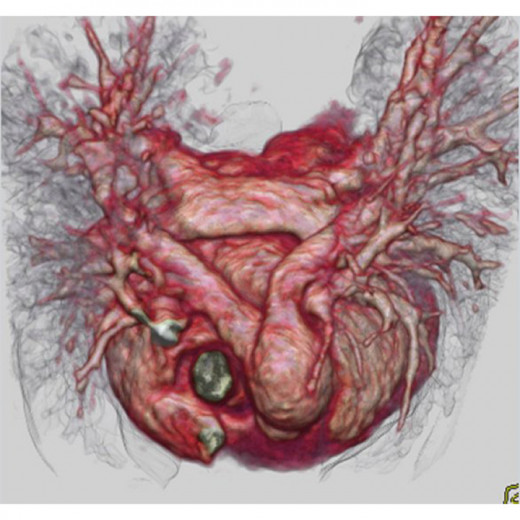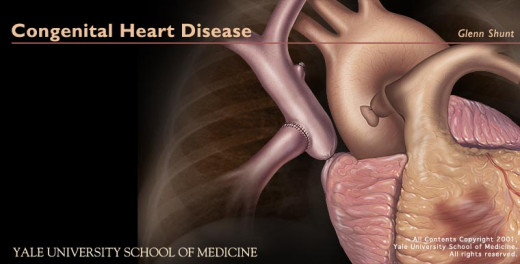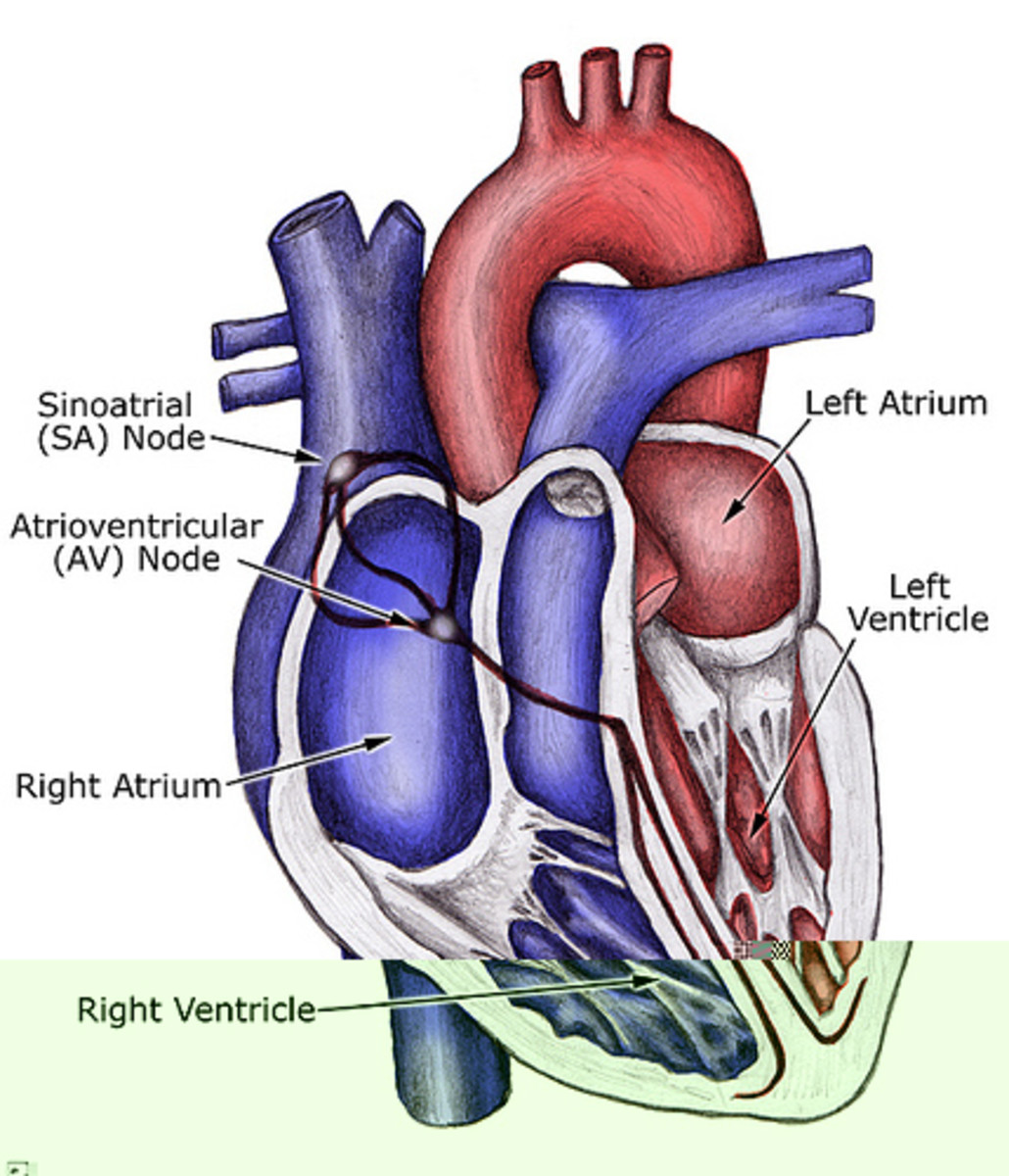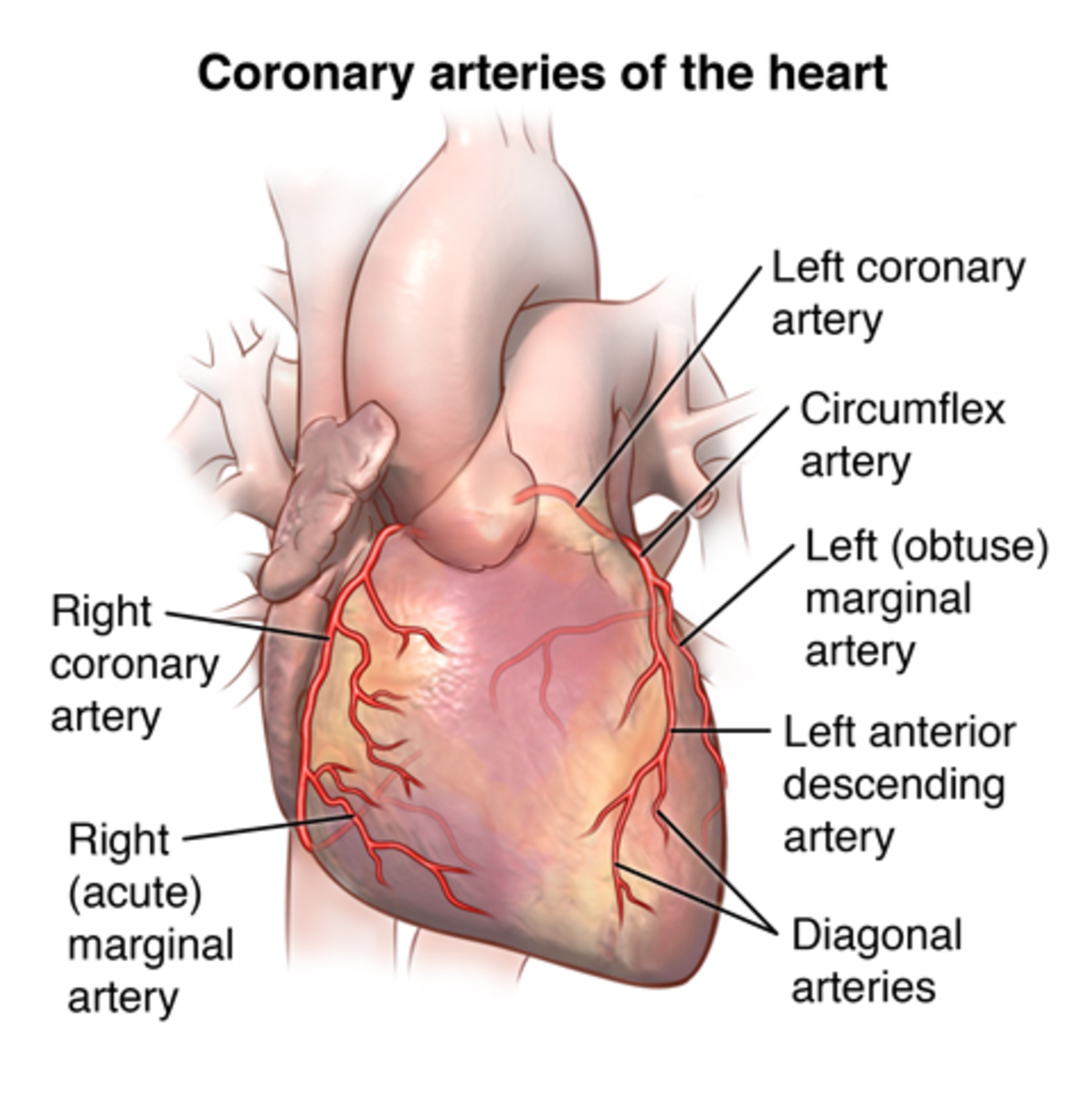Introduction To And Etiology Of Congenital Heart Disease
Heart Diseases

Introduction!
Congenital heart disease (CHD) can be defined as abnormalities in the cardiovascular system occurring at birth. A primary abnormality occurring in one part of the cardiovascular system in utero can lead on to functional abnormalities resulting in further anatomical defects. This process gives rise to various complex types of cardiac defects at birth. The frequency of major congenital heart disease has been estimated to be approximately 0.8% of all live births. This does not take into account the commonest congenital abnormalities like mitral valve prolapsed and bicuspid aortic valve. Though the different types of congenital heart disease show no preference for either sex, in general, males are affected more than females. Extra-cardiac abnormalities accompany at least 25% of significant cardiac defects and they may aggravate morbidity and mortality. They are often multiple and about a third of them are classified into distinct syndromes.
Congenital heart disease results from abnormal development of particular portions of the heart during embryonic development, eg defective development of the interventricular septum results in various type of ventricular septal defects. Abnormal development ofa single structure can also lead to multiple abnormalities, eg, abnormal development of the spiral septum results in ventricular septal defect, right ventricular outflow tract obstruction, over-riding of aorta, and right ventricular hypertrophy which are all seen in tetralogy of fallot.
Heart Defects

Clinical Cardiology
Etiology
The exact etiology of the disease is unknown. It is generally believed that congenital heart disease is multifactorial in origin, mainly an interplay between genetic as well as environmental factors. The genetic abnormality may be a single gene mutation, eg, Holt-Oram syndrome or gross chromosomal abnormalities, e.g, mongolism. Some of the congenital heart diseases are found to be familial, eg, mitral valve prolapsed, atrial septal defect, patent ductus arteriosus and pulmonary stenosis. The incidence of congenital heart disease in the offsprings or siblings of an index patient is 2-5%.
The environmental factors include maternal and paternal age, maternal infections like rubella and cytomegalovirus, drugs consumed by the mother during the first trimester of pregnancy, nutritional status of the mother and alcoholism. Maternal rubella results in congenital rubella syndrome (cataract, deafness, microcephaly, patent ductus arteriosus with pulmonary valve stenosis or pulmonary arterial stenosis). Chronic maternal alcohol abuse results in birth of babies with fetal alcohol syndrome (microcephaly, micrognathia, microphthalmia and ventricular septal defect). Maternal diseases like diabetes mellitus and lupus erythematosus have also been implicated in the genesis of congenital disorders of the heart.
Congenital heart disease can be broadly classified into cyanotic and acyanotic varieties. Cyanotic lesions may be accompanied by reduced as well as increased pulmonary blood flow, the former being the commonest, eg, tetralogy of Fallot. Transposition of great vessels is a condition where aorta arises from right ventricle, It presents with cyanosis and increased pulmonary blood flow. Obstruction to the right and left ventricular outflow tracts causes acyanotic lesions. The main right ventricular outflow obstruction is pulmonary valvular stenosis and left ventricular outflow obstructions are aortic valve stenosis, coarctation of aorta and subvalvular aortic stenosis. The major left to right shunt lesions are ventricular septal defect, atrial septal defect and patent ductus arteriosus.
© 2014 Funom Theophilus Makama









